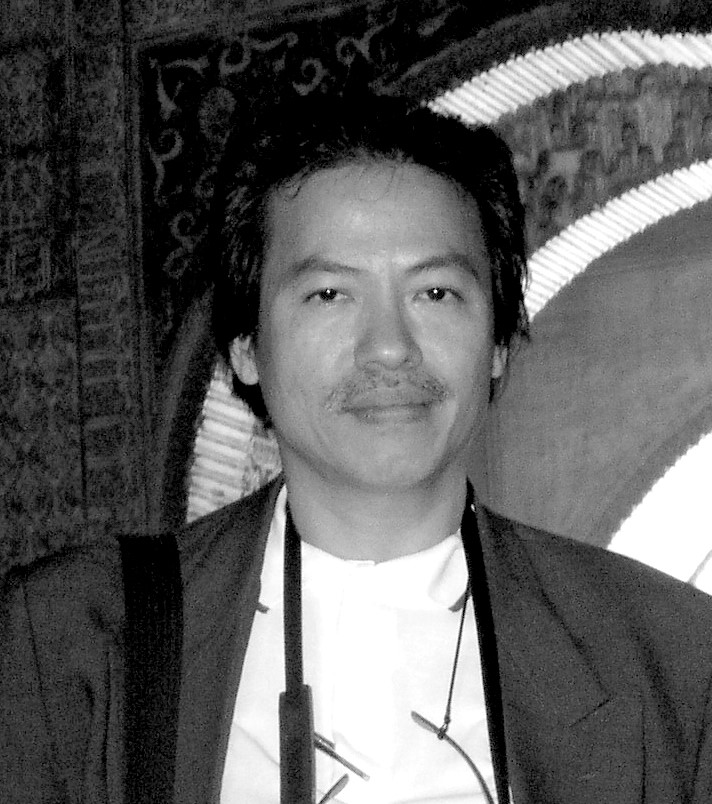- Home
- August 2021
- A Market that Reeks of History

Previous Post
The Unique Wonders of Penang’s Marine Garden
4 min read
WHAT ARE SEAGRASS meadows? These are natural marine habitats found in shallow waters that support a large diversity of living communities, the most prominent of which is the seagrass.
Next Post
Old George Town’s Transportation in Numbers
6 min read
The Municipality continued to license cars until 1940 but lost control of them after World War II to the Federal Government when vehicle registration was taken over by the Road Transport Department in 1948.
You might also like
Spotlight on Indian Malaysian Artists
9 min read
WHY ARE THERE so few artists of Indian (including Singhalese) descent in Malaysia?
The Unique Wonders of Penang’s Marine Garden
4 min read
WHAT ARE SEAGRASS meadows? These are natural marine habitats found in shallow waters that support a large diversity of living communities, the most prominent of which is the seagrass.
A Market that Reeks of History
6 min read
Is there a need to choose between the heritage and day-to-day market life, or the option of a new building like that of nearby Chowrasta Market, or to transform into a decidedly upmarket venue?




